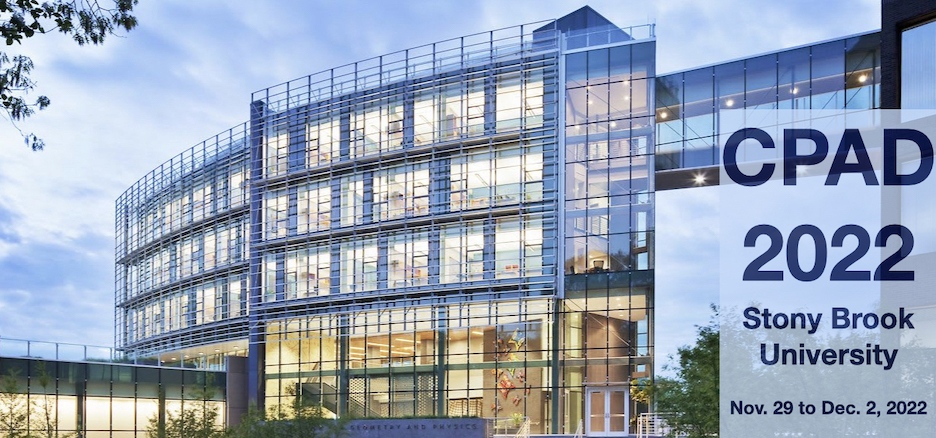Speaker
Description
Large Area Picosecond Photo-Detectors (LAPPDs) produced by Incom Inc. are the world’s largest commercially-available planar-geometry photodetectors based on microchannel plates (ALD- GCA-MCPs). It features a chevron pair of “next generation” large area MCPs produced by applying resistive and emissive Atomic Layer Deposition (ALD) coatings to borosilicate glass capillary array (GCA) substrates encapsulated in a borosilicate glass or a ceramic hermetic package. These are available with 10 or 20 μm pore diameters.
A VUV-grade fused silica entry window of the detector is coated with a high sensitivity semitransparent bi-alkali photocathode with roughly 20 cm X 20 cm detection area.
Signals are read out via a capacitively coupled resistive anode. The “baseline” devices have demonstrated electron gains of 107, low dark noise rates (<1000 Hz/cm2), single photoelectron (PE) timing resolution less than 50 picoseconds RMS (electronics-limited), and single photoelectron spatial resolution under 1mm RMS (also electronics-limited), high (25% - 30%) QE uniform bi-alkali photocathodes.
Measurements with LAPPDs operating in strong magnetic fields have been performed. Stable high gain LAPPD operation was demonstrated at magnetic field strength of up to 1.4 T.
First prototypes of a smaller format, 10 cm X 10 cm High Rate Picosecond Photo-Detector (HRPPD) have been manufactured. In addition to all of the LAPPD attractive features, HRPPD has a fully active area with no window support spacers (structural supports). It is equipped with new 10 μm pore MCPs and a new anode design to provide sub-mm position resolution. In comparison with LAPPDs, HRPPD prototypes demonstrated similar gain and dark rates but higher spatial resolution.
LAPPDs and HRPPDs are good candidates for neutrino experiments, HEP experiments, neutrinoless double-beta decay experiments, medical and nuclear non-proliferation applications.Currently, LAPPDs have recently or will be tested at Fermilab, ANNIE, BNL, INFN, DESY, CERN and sold to several countries in the EU and domestically in the USA.
We report on the recent progress in the production and development of the LAPPDs and HRPPDs. Ongoing efforts on development of wide temperature range MCPs and red-enhanced photocathodes, extending sensor lifetime and enlarging sensor active area will also be discussed.

